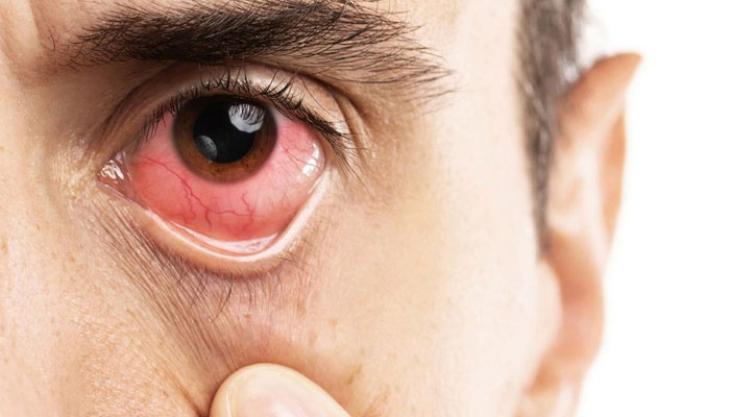By FnF Correspondent | PUBLISHED: 01, May 2025, 13:39 pm IST | UPDATED: 01, May 2025, 13:39 pm IST
 New Delhi: We perceive the world through our eyes. And yet, the eye, too, is vulnerable to cancerous disease. Many eye cancers show signs at early stages and respond well to treatment. A small lump on the eyelid, a little pink patch of fleshy growth on the white of the eye, and a white spot in the pupil of the eye may be signs of eye cancer. If not treated correctly, though, they will grow and cause loss of vision and may spread and become life-threatening.
New Delhi: We perceive the world through our eyes. And yet, the eye, too, is vulnerable to cancerous disease. Many eye cancers show signs at early stages and respond well to treatment. A small lump on the eyelid, a little pink patch of fleshy growth on the white of the eye, and a white spot in the pupil of the eye may be signs of eye cancer. If not treated correctly, though, they will grow and cause loss of vision and may spread and become life-threatening.
According to Dr Roshmi Gupta, Consultant - Oculoplasty & Orbital Surgery, Manipal Hospital Varthur, retinoblastoma, the childhood eye cancer, affects almost 1500 to 1800 children in India every year. Many of these children are from remote areas and poorer segments and reach medical care when the retinoblastoma is growing and in danger of spreading to the body.
Conjunctival cancer (also called ocular surface squamous neoplasia, OSSN) grows on the white part of the eye. Due to the strong exposure to sunlight, it shows up in Indian patients in their 30s and 40s, though originally described in elderly patients in Western medicine. Sebaceous carcinoma, which often starts like a small pimple on the eyelid, is one of the most dangerous eyelid cancers. It is extremely rare in the West but is the most common eyelid cancer in India and other Asian countries.
A white spot in the pupil or a sudden development of a squint in a child can be retinoblastoma; an ophthalmologist needs to check the nerves of the eye after putting a dilating drop in the eye. Flash photography can pick up an early sign. If one eye shows the red reflex on the camera, but the other eye does not, it may be a sign of retinoblastoma in a child.
In an adult, melanoma inside the eye can cause blurred vision in one eye; once again, dilated examination can detect the presence of melanoma, one of the most dangerous of the eye cancers. Protection from UV rays can prevent the conjunctival growth of OSSN. Any fleshy growth on the surface of the eye or the eyelid not responding to regular medicines should be looked at with suspicion.
The treatment of retinoblastoma is one of the modern medical miracles. A century ago, it was fatal for nearly all the patients. Now, ninety-five per cent of the children will survive, and many will also have useful vision. Genetic testing can tell us whether the child of a retinoblastoma survivor is at risk. Intra-arterial chemotherapy (IAC) can deliver chemotherapy directly to the eye and avoid side effects on the body. Brachytherapy is radiation therapy directly to the eye with a small tumour, thereby saving the eye from having to be removed. Topical chemotherapy (chemotherapy eye drops) can clear many of the OSSN tumours, even without surgery.
Treatment of eye cancer is teamwork. A specialist ocular oncologist, along with medical oncology, radiation oncology, and pathology, delivers the required care. A vigilant patient is the best safeguard; early awareness and an early start to the treatment give the best results.

by : Priti Prakash
This week has thrown up a firestorm of global developments. Let's dive into the top 5 internati...